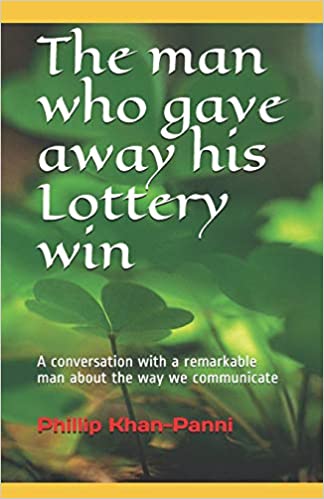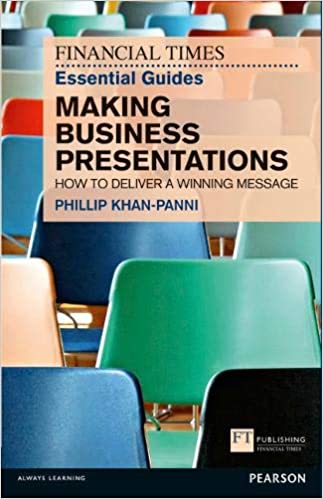How to make a speech or presentation worth hearing
There have been thousands of books on public speaking (I have written seven of them myself), but here are my Top Ten Tips, in a simple 3-3-4 formation:
3M—Message, Messenger and Method.
3S—Structure, Stories and Switch.
4K—Katch, Keep, Convince and Close.
Message:
It’s not your information that matters, but rather its significance. Tell them what they should think about what you are saying, and how it will affect them. Summarise your message in a single sentence that you want people to carry away and remember, and make it the focus of your presentation.
Messenger:
Why is it you? Why do they need to hear the message from you and not someone else? The Message must be something that comes from your own belief system, something you believe in and want people to hear. Be clear about your own authority to speak on your subject.
Method:
This is about technique. However good your message, however committed you are to it and its value, you still need to develop the skill to put it across in a compelling way. And practise.
Moving on to the middle 3, let’s consider the content.
Structure:
A speech or presentation without structure is hard to follow and even harder to remember. Not only do you need to offer an agenda, but it needs to follow a structure that builds the argument. It will keep you on track and will enable your listeners to follow you.
Stories:
Make a point, tell a story—six words that can transform a speech. We are conditioned, from childhood, to love stories.
They captivate, fire the imagination, and are memorable. Tell your own stories—events that have occurred in your own life.
Switch:
The true purpose of a presentation—any presentation—is to bring about change. Change in the thinking, attitude or behaviour of those present. Your task is to persuade them to make the switch – to drop their previous thinking and adopt yours.
Let me now turn to the back 4, which provide you with the sequence to follow. If you are familiar with the AIDA sequence on which advertising and sales pitches are based, you will recognise the back 4.
Katch ’em:
Start with a Hook. It’s something that you do or say to grab Attention at the start, in much the same way as the Headline on a press advertisement. It says, “Stop! Pay attention, this is for YOU!”
Keep ’em:
You’ve got their attention, now you need to build up their Interest. Maintain the flow and keep their attention by relating everything to their interests. For every fact you put across, answer the “So what?” question. And remember that they are always tuned to their favourite radio station, WII FM (What’s In It For Me?)
Konvince ’em:
The climax of a persuasive presentation must be the point of Desire, when the listener wants what you are offering. Facts never speak for themselves. It’s your job to make the facts so appealing that people are convinced and then want you to…
Klose:
In sales, this is called “asking for the order”, and in AIDA this is the final A, which stands for Action. What do you want them to do after hearing you? Make it clear. Don’t expect them to work it out for themselves.
Follow these guidelines and you’ll be worth hearing.
Contact us
enquiries: +353 (0)89 611 7427
alternative: +44 (0)7768 696254
Skype (free): PhillipKP
email: phillip@phillipkhan-panni.com

